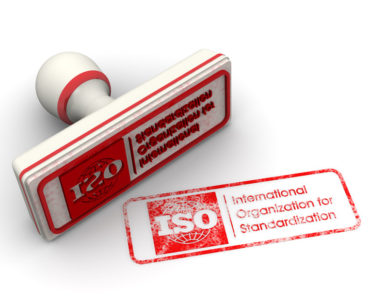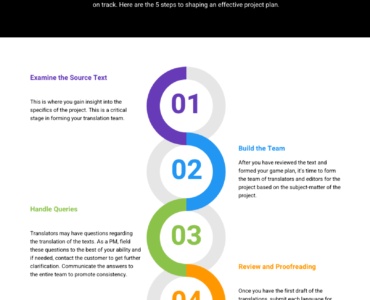In today’s interconnected world, where technology plays a pivotal role in our daily lives, ensuring that electronic devices meet certain standards for safety, efficiency, and compatibility is crucial. In Canada, this responsibility falls under Innovation, Science and Economic Development Canada (ISED), the federal department tasked with regulating and certifying electronic and radio equipment. This blog post aims to demystify the ISED Canada certification process, exploring its importance, the types of products that require certification, and the steps manufacturers must take to enter the Canadian market.
The Importance of ISED Canada Certification
ISED Canada certification is not just a regulatory hurdle; it serves as a badge of assurance that electronic and radio equipment sold or used in Canada meets the country’s stringent standards for electromagnetic compatibility (EMC), radiofrequency (RF) exposure, and safety. This certification helps in preventing interference with other electronic devices and ensures that the equipment is safe for public use. It’s a critical step for manufacturers to legally sell their products in Canada, as non-compliant devices can be subject to recalls, fines, or bans.
Products That Require Certification
A wide range of electronic and radio equipment requires ISED Canada certification. This includes, but is not limited to, cellular phones, Wi-Fi devices, Bluetooth devices, radio and television broadcasters, and satellite equipment. Essentially, any product that emits radio frequencies or is susceptible to radio interference must undergo the certification process before it can be marketed in Canada.
The Certification Process
The path to obtaining ISED Canada certification involves several key steps, designed to ensure that products meet all applicable technical standards. Here’s an overview of the process:
1. Determine Applicable Standards
The first step is for manufacturers to identify which of the ISED’s standards apply to their product. These standards are detailed in the Radio Standards Specification (RSS) for radio equipment and the Interference-Causing Equipment Standard (ICES) for electronic equipment.
2. Testing
Once the applicable standards are identified, the product must undergo testing by an accredited laboratory to ensure it meets those standards. The testing process evaluates the product’s EMC, RF exposure, and, in some cases, its safety features.
3. Documentation
Manufacturers must compile a detailed technical dossier, including test reports, technical specifications, and user manuals, demonstrating the product’s compliance with the identified standards.
4. Application
With the testing completed and documentation ready, manufacturers can then submit their application for certification to ISED Canada. This application includes the technical dossier, along with additional information about the manufacturer and the product.
5. Approval and Labeling
If the application is successful, ISED Canada issues a certification number, which must be displayed on the product or its packaging. This number serves as proof that the product has been certified and is compliant with Canadian regulations.
Challenges and Considerations
The certification process can be challenging, especially for new manufacturers unfamiliar with the regulatory landscape. Timelines can vary, and the costs associated with testing and certification can be significant. However, the process is a necessary step to ensure that products entering the Canadian market are safe and do not interfere with other devices.
ISED Canada Language Requirement
When it comes to the labeling of the product and the presentation of user manuals or instructions for use, there are language requirements that must be met under Canadian regulations, which are broader than just the ISED certification process. These requirements are in place to ensure that consumers in Canada can properly understand the operation, safety instructions, and warnings associated with the use of the device.
Canada is a bilingual country, and its official languages are English and French. As such, consumer products, including those requiring ISED certification, are generally required to provide labeling, safety information, and instructions in both English and French to accommodate all Canadians. This requirement helps ensure accessibility and safety for all users across the country.
Manufacturers and distributors looking to market their electronic and radio equipment in Canada should ensure that all user documentation, including manuals, labels, and safety warnings, are available in both English and French Canadian. This does not only facilitate compliance with language laws but also enhances the marketability of their products within Canada. And this is where GTS Translation comes in. We are your best partner for French Canadian translation services and have helped many customers navigate the ISED Canada certification process.
Conclusion
ISED Canada certification is a critical requirement for manufacturers looking to sell electronic and radio equipment in Canada. It ensures that products meet the highest standards for safety, efficiency, and compatibility, protecting consumers and the integrity of the Canadian marketplace. While the process may seem daunting, it is a straightforward path to compliance, facilitated by clear guidelines and support from accredited laboratories and ISED itself. By adhering to these standards, manufacturers can successfully navigate the certification process, gaining access to the lucrative Canadian market while ensuring the safety and satisfaction of their customers.





